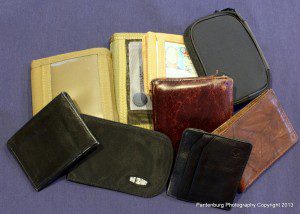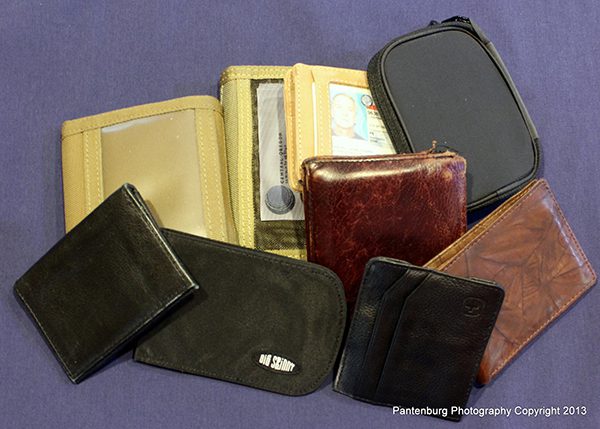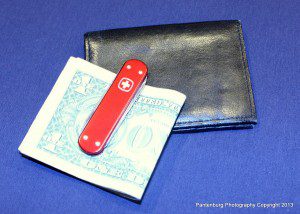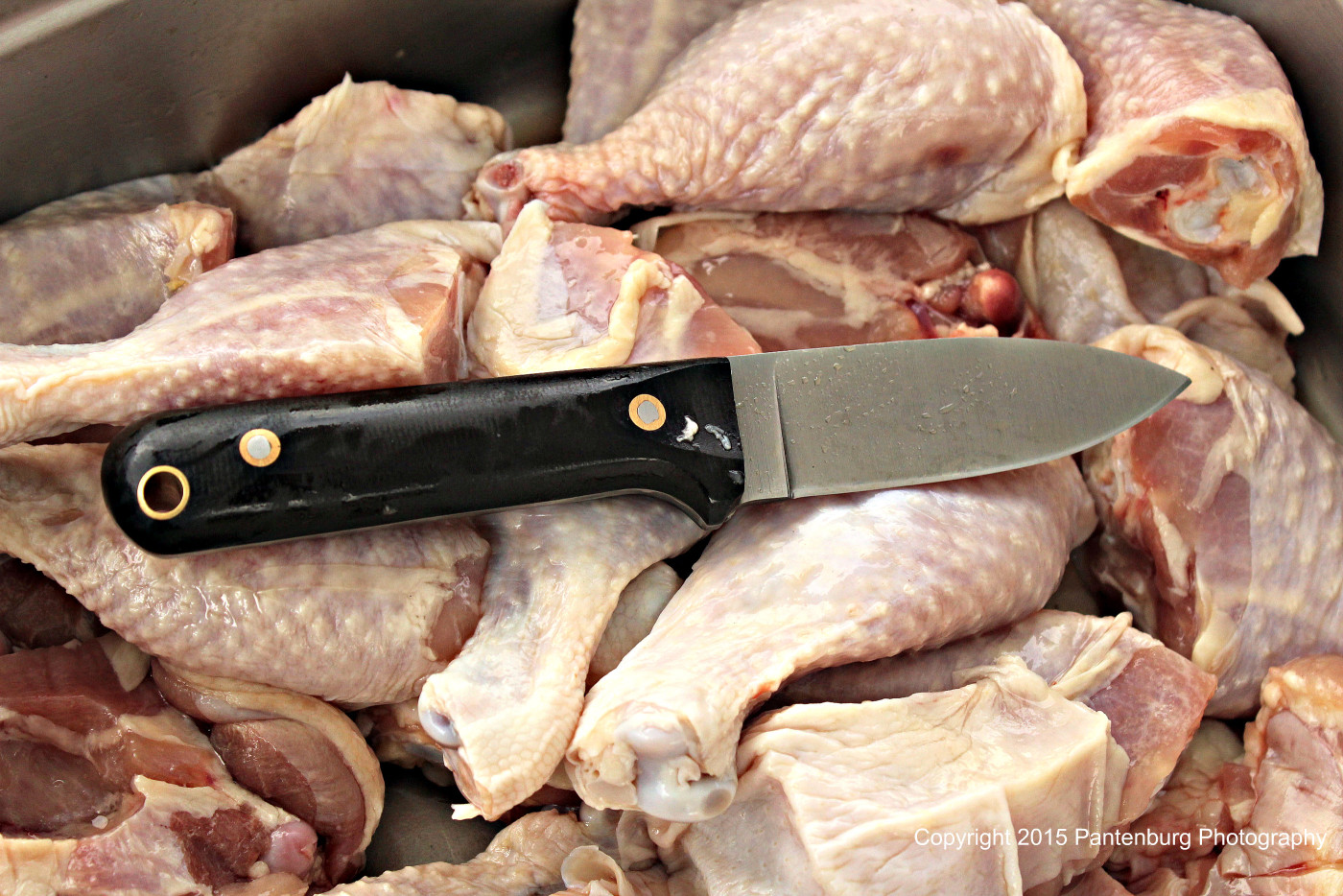I always carry survival gear on my person. But how do you add anything to an already overflowing wallet? Do you need to invest in a new one? Before you buy anything, put your current wallet on a bulk reduction plan.
by Leon Pantenburg
My wallet was way too thick, and sitting too long on a chunky wallet contributed to lower back pain. During lengthy sessions behind the computer keyboard, I would take it out of my hip pocket and leave it on the desk or in my briefcase.

Your wallet can be part of your survival gear. The challenge is choosing which one is going to work best for you.
Security-wise, this was not a good situation. Also, a large, thick wallet in your back pocket is a “Take me! Take!” invitation to a pickpocket to steal your survival cache.
But I wasn’t doing anything about this until my adolescent dog chewed up my wallet. Since I had to buy another anyway, I decided to start by reducing and slimming down my wallet stuff. What is a necessity?
My wallet survival gear is not bulky. It includes a signal mirror, a piece of charcloth, firestarter and a ferrocerium rod for starting fires. Altogether, this take up as much space as two or three credit cards. My other wardrobe gear is carried in other places, with convenience being the top priority
I checked several sources for wallet-thinning advice, and after a couple months, this has worked for me.
Prioritize your cards: Nationally, the average person carries 16 cards every day, and I had close to that. Some of these are necessary: driver’s license, concealed carry permit, college faculty ID, and insurance and debit cards etc. Figure out which are used daily, and leave them in the wallet. Weekly cards – give it some thought. Monthly cards should stay at home. Put these with your checkbook.
Another idea is a write down the numbers of some of these less-popular cards and take that along. Can you access your hardware, grocery store club account or AAA card by a phone number? Then that’s all you need. Some, like my library card, need to be scanned to be used. It needs to go along.
Think about which cards are really necessary for your daily life. I’m down to six cards, and have a list of the other numbers I might need.
Remove receipts regularly: This was another neglected area for me. I need to save receipts for both of my jobs, and they add up, especially when you never think to file them. An envelope, placed near the table where I empty my pockets, now organizes receipts.
Reduce cash carry: How much cash do you really need to have along? Nowadays, I can access my account from an ATM across the country as easily as I can from the one in the hallway next to my office. Most of my purchases are with a debit card. Unless you’re traveling or need cash for daily transactions, you can probably reduce that bulk.
If you use and need the folding stuff regularly, consider using a money clip and carrying the bankroll in a front pocket. It will keep bystanders from seeing what you’re worth.
Carry a stack of cards: Most wallets have pockets for individual cards. If you use these pockets in the way they are intended, you’ll add a layer of material between between item. Stack your cards and put them in one pocket. As long as you don’t store magnetic strips next to other magnetic strips, you should be OK.
Get an effective wallet: Here’s the fun part. Do I get a “tactical” type wallet because of my outdoors activities, or a skinny front pocket wallet for my urban needs? More on that later.
But thin down your wallet stuff before making any decisions.
Please click here to check out and subscribe to the SurvivalCommonSense.com YouTube channel – thanks!






